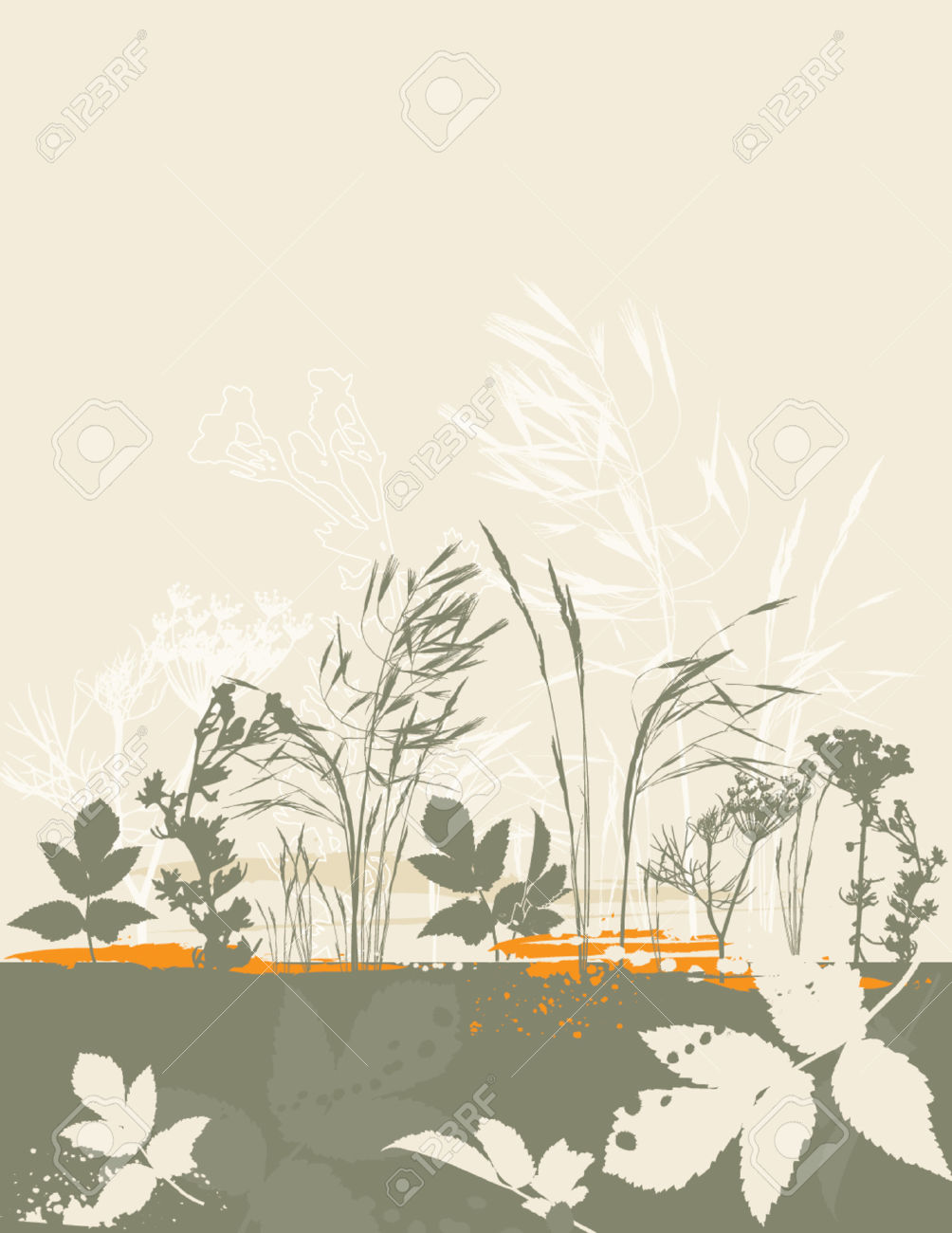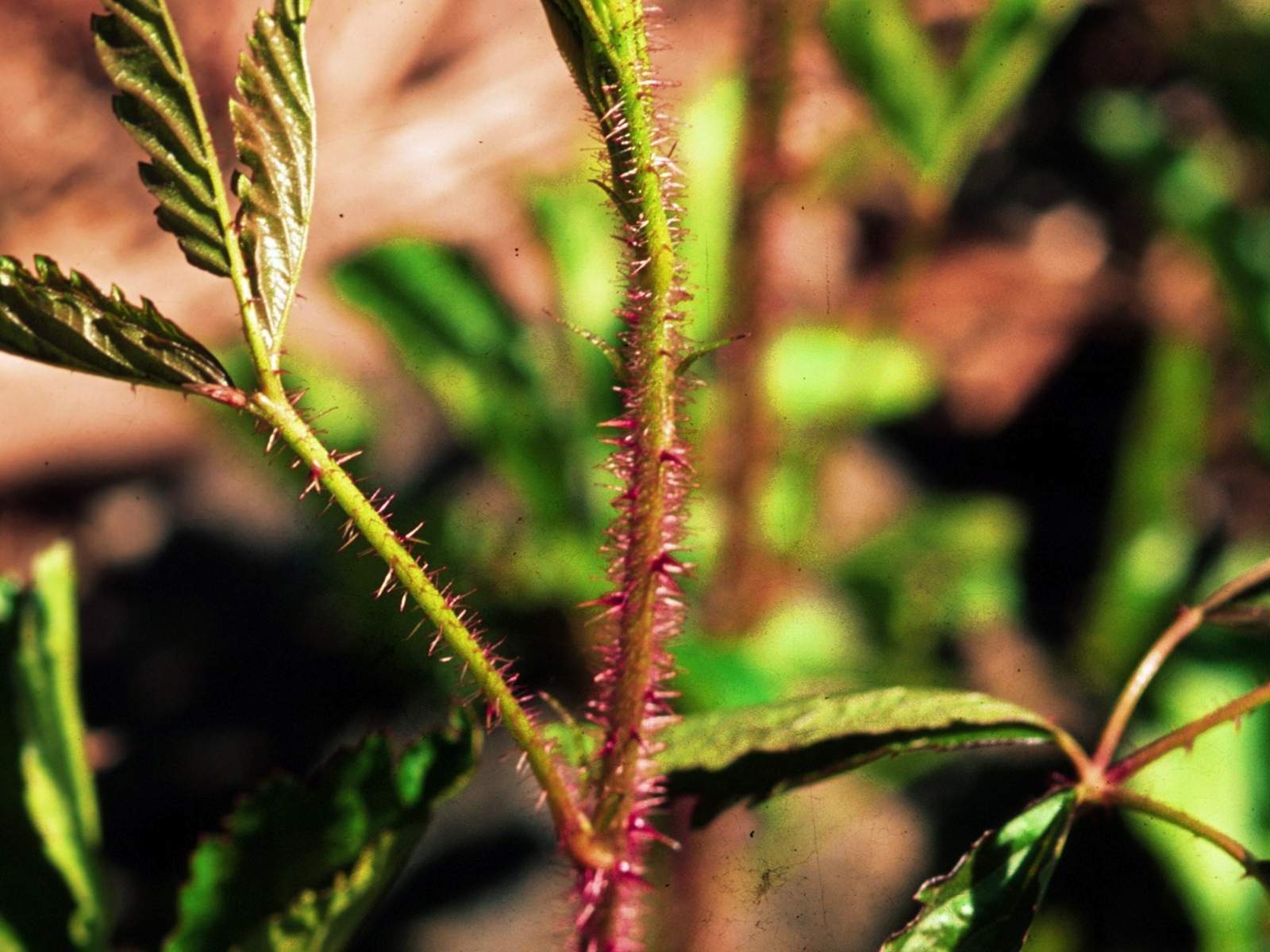
Another easy way to boost humidity is to group plants together so they can 'share the air', so to speak! Make sure your plant is also kept away from AC units, as this can quickly dry it out. If you place yours in too much direct sunlight, its leaves can become scorched, leading to some unsightly brown markings.īrowning of the leaf tips / edges can also be a consequence of overly dry air, so you may want to try boosting the humidity by misting. Ideally, you should keep yours in part sun, part shade, but it should be just fine in lower light conditions also. They're pretty chill when it comes to lighting conditions too, and can adapt to a number of different light levels. However, note that Corn Plants are very sensitive to fluoride and can get spots from it, so if possible water it with filtered water and / or rainwater. They don't need too much water and can be allowed to dry out between waterings. Like most plants from the Dracaena family, Corn Plants are easy to care for and can tolerate quite a bit of neglect before they start to look unhappy. It's quite common to see them being used as office plants, as they're quite easy care and make impressive focal points, especially as they can grow quite large (around 6ft or 1.8 m). They took a little longer to catch on in the US, but were common houseplants there too by the 1900s. They're from tropical East Africa, and first became popular in Europe in the 1800s.

Stink bug feeding is usually heavier on the edge of the field so green plants may be more common there.The Corn Plant, or Dracaena fragrans, is so-named because its leaves are said to resemble corn stalks, and the 'fragrans' part comes from the fact that, in the wild, this plant can produce strongly scented flowers (although it's very unlikely to produce flowers when kept as a house plant). To check for stink bug feeding, open a few pods and look for shriveled or flat seeds (see figure for stink bug damaged seed) that may indicate stink bug feeding. As the bugs feed, they inject saliva which may impact the plant’s physiology to remain green. If the digestion of plant parts is not needed to complete pod fill, then these plant parts remain green.Īnother possible cause of stay green syndrome might be stink bug feeding.

Therefore, soybean plants digest their leaves, petioles and stems to complete the pod filling process and add a few more bushels per acre. Anatomical studies of the flow of carbohydrates within a plant show that each leaf fills the pods at its node only, but if all its carbohydrates are not needed at that node, the extra will move to the next lower node. Further, if setting of pods were prevented on the main stem of a plant but pods allowed to develop normally on the branches, those branches matured normally while the main stem stayed green and held onto its leaves. If all the small pods were removed from a branch on a plant, that branch did not mature.


Jim Beuerlein, when soybean pods were removed from a plant node when they first formed and started to expand, the leaf at that node stayed green after the rest of the plant matured. If there are a limited number of pods (sink), there are fewer places for the plant’s photosynthates (source) to go.įrom previously conducted work by Dr. Green stems on mature soybean plants may be the result of a source/sink problem. Crop Diversity to Improve Your Bottom Line.The Dirt on Soil Health: Investing Below the Surface.Wheat and Other Small Grains Production.Isolation Requirements for Identity Preserved (IP) Non-GMO Corn Production.


 0 kommentar(er)
0 kommentar(er)
